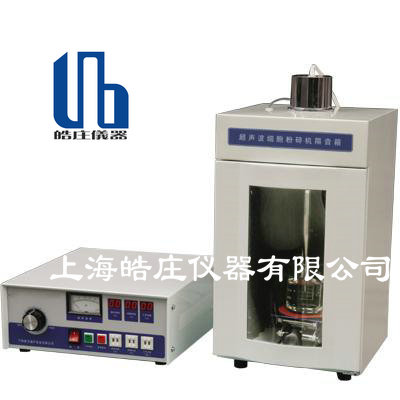
Shanghai Xinzhuang Instrument Co., Ltd. develops the LNB ultrasonic cleaning machine, which is energy-saving and environmentally friendly. Professional manufacturing is more secure, affordable 1. Introduction: Ultrasonic waves propagate in the liquid, so that the liquid and the cleaning tank vibrate together at the ultrasonic frequency. When the liquid and the cleaning tank vibrate, they have their own natural frequency. This vibration frequency is the acoustic frequency, so People hear the buzz. With the continuous development of the cleaning industry, more and more industries and enterprises have applied ultrasonic cleaning machines. The high-frequency oscillating signal emitted by the ultrasonic generator on the principle of the ultrasonic cleaning machine is converted into a high-frequency mechanical oscillation by the transducer and propagated to the medium--cleaning solvent, and the ultrasonic waves are radiated in the cleaning liquid in a dense manner. The liquid flows to generate tens of thousands of tiny bubbles having a diameter of 50-500 μm, and the tiny bubbles existing in the liquid vibrate under the action of the sound field. These bubbles form and grow in the negative pressure region in which the ultrasonic waves propagate longitudinally, and in the positive pressure region, when the sound pressure reaches a certain value, the bubbles rapidly increase and then suddenly close. And when the bubble is closed, a shock wave is generated, thousands of atmospheric pressures are generated around it, and the insoluble dirt is destroyed to disperse them in the cleaning liquid. When the group particles are wrapped by the oil and adhere to the surface of the cleaning member, the oil is emulsified, and the solid is solid. Particles and detachment, so as to achieve the purpose of cleaning the cleaning parts. In this process known as the "cavitation" effect, the bubble closure can form a high temperature of several hundred degrees and an instantaneous high pressure of more than 1000 atmospheres. 2. The cleaning after grinding is determined in the production of optical glass. Important processes for efficiency and surface quality (appearance and precision). The main pollutants in the grinding process are abrasive powder and asphalt, and a few companies will have paint flakes during processing. Among them, the types of abrasive powders are different, and generally are alkali metal oxides mainly composed of cerium oxide. According to the material of the lens and the grinding precision, choose different types of grinding powder. The bitumen used in the grinding process is protective to prevent the polished mirror surface from being scratched or corroded. There are two types of cleaning equipment after grinding: one mainly uses an organic solvent cleaning agent, and the other mainly uses a semi-aqueous cleaning agent.
Shanghai Xinzhuang follows the policy of “survival by quality, development by technology, efficiency by management, and credibility by serviceâ€. Every step of equipment, every project, every link, welcome you to buy!
Kitten Shampoo,Flea Shampoo For Cats,Flea Bath For Cats,Dry Shampoo For Cats
Jiangxi Welton Pet Products Co., Ltd. , https://www.weltonpetcare.com